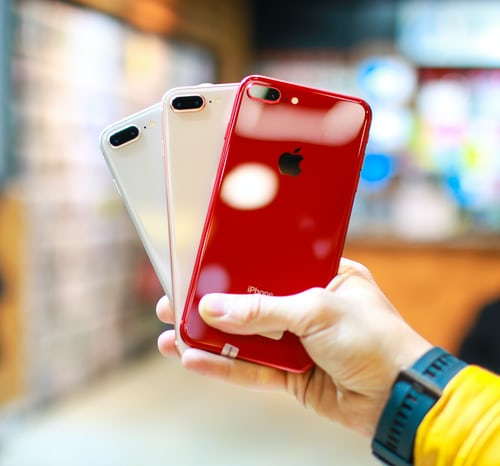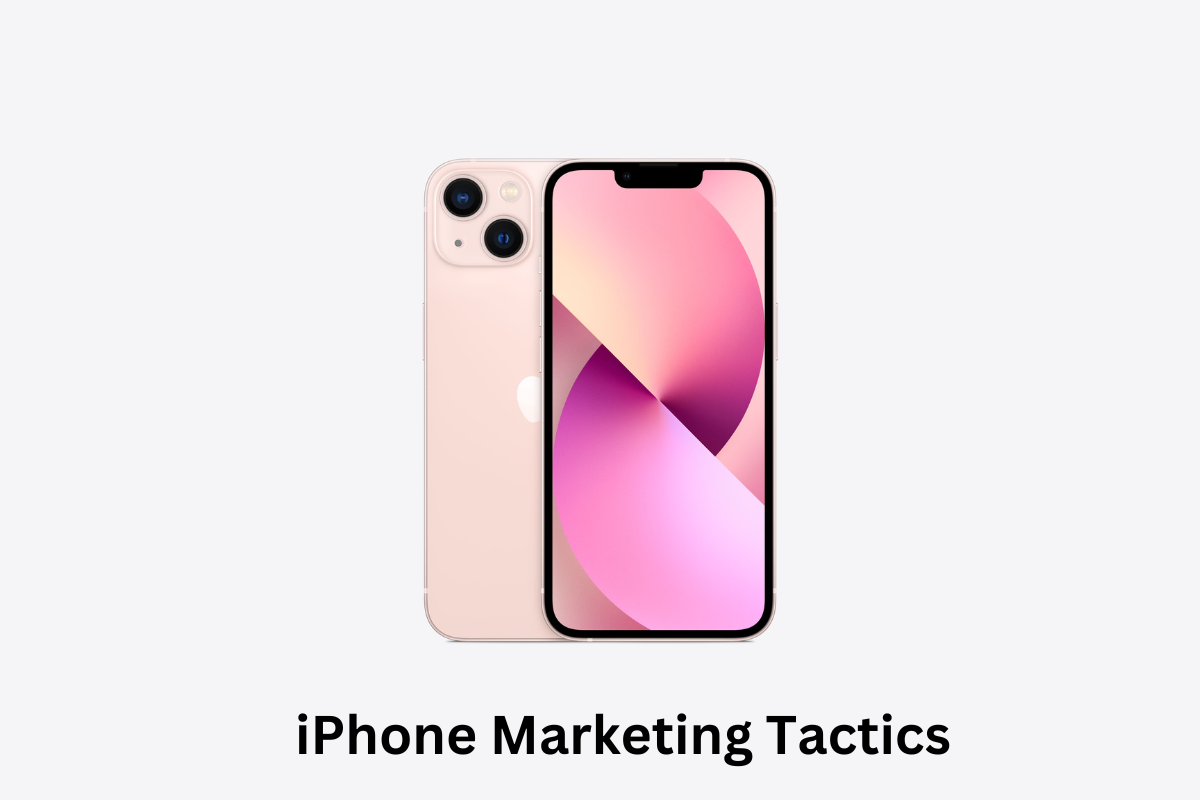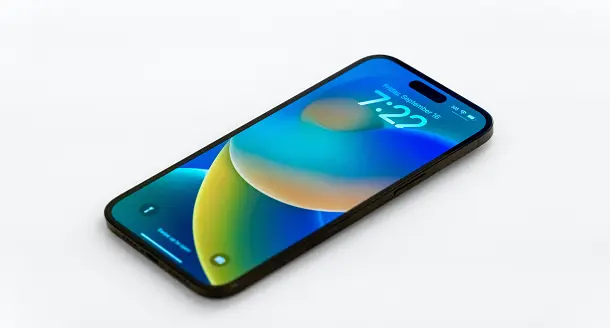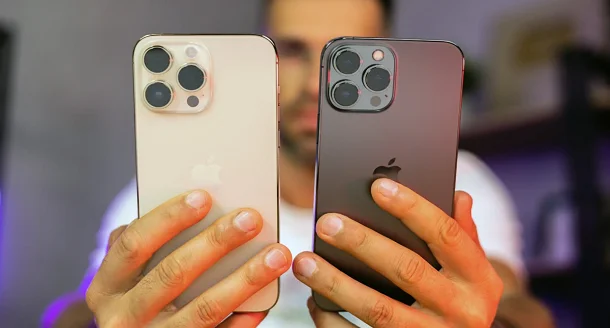
Apple is known for its innovation in design and performance in iPhones. Regularly pushes updates in software with new models launching every year. Does the compact new release window often baffle the budgeted buyer on which device to go? iPhone 8 and iPhone X series just have a one-year difference in release date.
iPhone 8 or iPhone XR, the choice depends upon the user orientation, budget, and use of the device. iPhone 8 was the first device to feature Apple revolutionized bionic chipset with Neural Engine. Neural Engine is the ultimately optimized design focused on enhancing AI experience and aiding the AI applications.
While wondering whether you should go for iPhone 8 or iPhone XR, then consider the following differences and similarities in the devices.
Chipset:
Both devices are powered with quite advanced chips with iPhone 8 featuring A11 Bionic chip with a neural engine, whereas iPhone XR features A12 Bionic chipset with a second-generation neural engine. As powered with the latest chips, both devices offer excellent performance for AI-based applications like Siri.
If you are looking for better performance iPhone, XR does provide more firepower thanks to its advanced processor then the iPhone 8.
| iPhone 8 | iPhone XR |
| A11 chipset 1st gen Neural Engine | A12 chipset 2nd gen Neural engine |
Size and Weight Comparison
iPhone XR is a relatively more significant device than iPhone 8 due to its more prominent display than the one offered in iPhone 8. iPhone 8 comes at 5.45 inches in height, 2.65 inches wide, and 0.29 inches thick while weighing 148 grams.
iPhone XR however, is slightly bigger device standing at 5.94 inches in height, 2.98 inches wide. 0.33 inches in thickness and weighs around 194 grams, which is 66 grams more than an iPhone 8.
| iPhone 8 | iPhone XR | |
| Height | 5.45 (138.4 mm) | 5.94 inches (150.9 mm) |
| Width | 2.65 inches (67.3 mm) | 2.98 inches (75.7 mm) |
| Thickness | 0.29 inch (7.3 mm) | 0.33 inch (8.3 mm) |
| Weight | 5.22 ounces (148 grams) | 6.84 ounces (194 grams) |
Display:
The critical determiner to whether you will choose iPhone 8 or iPhone XR is the display. iPhone XR offers a better LCD Liquid Retina HD display with no bezels. All screen design (with the notch up top housing sensors for face ID and selfie camera) offers an aesthetically pleasing array .6.1-inch (diagonal) LCD with IPS multi-touch gives a well-rounded package for its price range.
On the other hand, iPhone 8 comes with a 4.7-inch (diagonal) LCD with IPS and multi-touch capability. It comes with 326 PPI, Truetone, and full-color display.
Both devices offer a 14000:1 contrast ratio and 625 nits of brightness. iPhone 8 provides a home button with quick touch id, but with all-screen design, there is no home button on the iPhone XR, and it uses face ID for secure unlock.
| iPhone XR | iPhone 8 | |
| Display type | Liquid Retina HD display | Retina HD display |
| LCD | 6.1-inch (diagonal) all-screen LCD Multi-Touch display with IPS technology | 4.7-inch (diagonal) widescreen LCD Multi-Touch display with IPS technology |
| Pixel Resolution | 1792-by-828-pixel resolution at 326 ppi | 1334-by-750-pixel resolution at 326 ppi |
| Contrast | 1400:1 contrast ratio (typical) | 1400:1 contrast ratio |
| Display | True Tone display | True Tone display |
| Full-color display (P3) | Wide array (P3) | |
| Touch | Haptic Touch | 3D Touch |
| Brightness | 625 nits max brightness | 625 nits max brightness |
Camera:
Both iPhone 8 and iPhone XR offers similar kind of cameras at the front and the back. Both devices house 12 MP wide-angle lens with a 1.8 aperture aided via optical image stabilization.
iPhone XR offers portrait mode with advanced bokeh and depth control and three types of portrait lighting effects; however, iPhone 8 lacks these features.
Both the devices are capable of shooting 24fps, 30 fps, and 60 fps 4K videos through the single camera at the back. They offer features like Optical Image stabilization for video recording, up to 3 times digital zoom, slow motion (Slo-mo), and time-lapse video recording with OIS.
The front-facing selfie shooter is an actual depth camera in XR and FaceTime HD camera in iPhone8. Both spit out 7MP photos and have retina flash. iPhone XR has extended dynamic range and lets you play with the latest features like Animoji and Memoji. You can record 1080p videos at 60fps from selfie cam In iPhone XR, whereas iPhone 8 shoots videos up to 1080p resolution at 30fps.
| iPhone XR | iPhone 8 |
| Single 12MP Wide camera | Single 12MP Wide camera |
| Wide: ƒ/1.8 aperture | Wide: ƒ/1.8 aperture |
| Optical image stabilization | Optical image stabilization |
| Digital zoom up to 5x | Digital zoom up to 5x |
Front Camera:
| iPhone XR | iPhone 8 |
| True Depth camera | FaceTime HD camera |
| 7MP photos | 7MP photos |
| ƒ/2.2 aperture | ƒ/2.2 aperture |
| Retina Flash | Retina Flash |
| Smart HDR for photos | Auto HDR for photos |
Battery:
iPhone 8 comes packed with 1821 mAH Lithium-ion powerhouse and allows up to 40 hours of audio playback. iPhone XR has a bigger battery with a 2942 mAH Li-ion battery giving you up to 65 hours of audio playback.
Storage and RAM:
Both devices come in two variants of 64 and 128 GB. iPhone XR offers 3gb Ram while iPhone 8 has 2gb RAM.
Water and Splash resistant:
Both iPhone 8 and iPhone XR are IP67 rated, meaning that they can survive for 3 minutes underwater at a depth of 1 meter.
Pricing:
iPhone 8 is an older device that was priced at $259 to $469, whereas iPhone XR is a cheaper version of iPhone X and ranges from $599 to $749.
If you want to upgrade or to buy a new device, this comparison will help you decide whether to go for iPhone 8 or iPhone XR. iPhone 8 is cheaper with almost the same features and functionality as iPhone XR, but iPhone XR offers a more futuristic bezel-less display.


